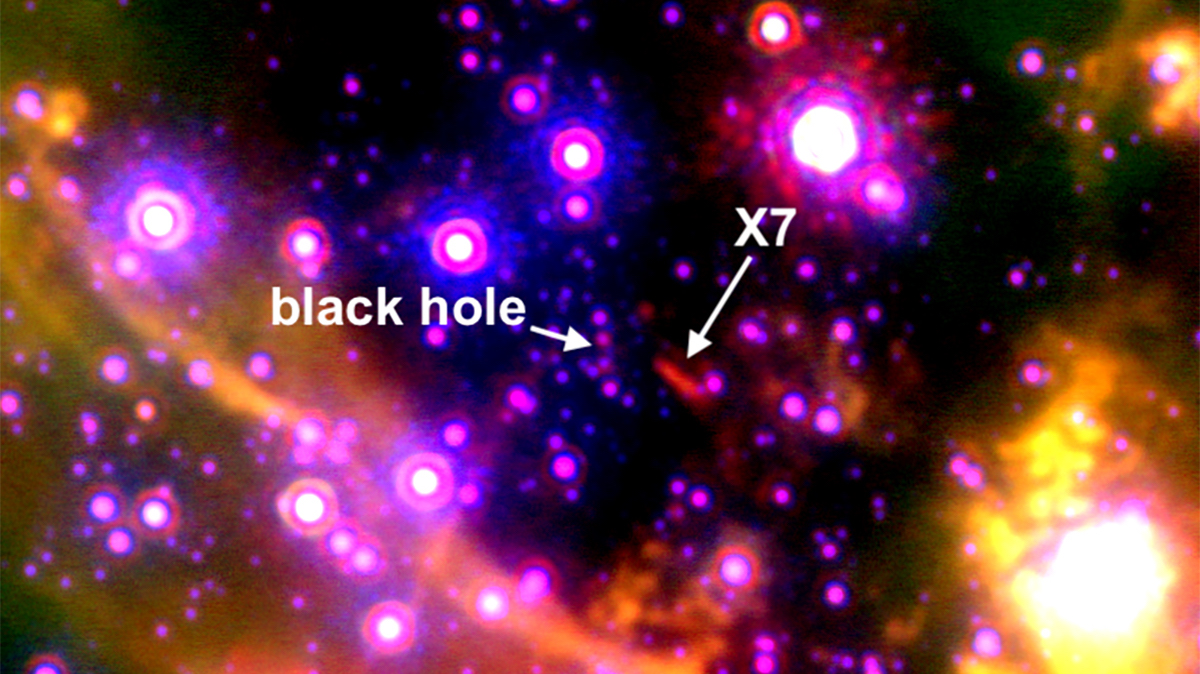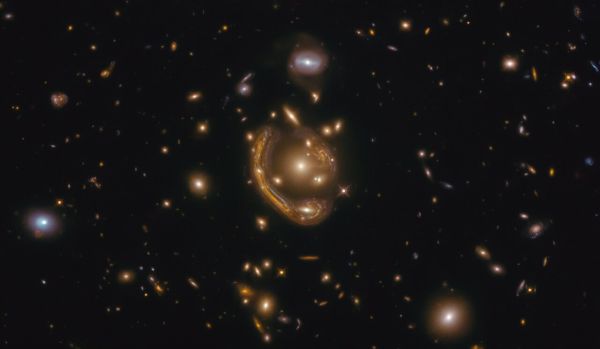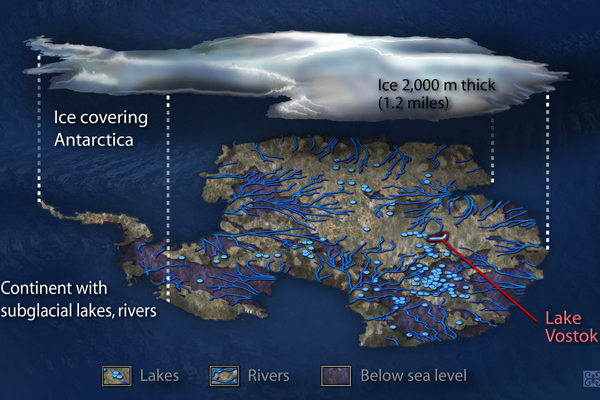Among the most widely promoted examples of fossil folklore is a supposed link between the Central Asian horned dinosaur Protoceratops and the griffin, a gold-guarding mythical creature combining features of lions and birds. First proposed in the 1990s, this geomyth postulates that tales of Protoceratops fossils were transmitted westward along trade routes from Asian gold mines to inform griffin lore among the ancient Greeks. An evaluation of the Protoceratops-griffin link, however, finds it uncompelling.
The Protoceratops-griffin geomyth. The idea that fossils of Mongolian horned dinosaurs inspired or influenced the mythology of the griffin, ancient chimaeras of birds and lions according to conventional archaeologists, is one of the most popular and promoted examples of fossil folklore in modern times. This idea, first proposed in the early 1990s, has received little in the way of academic scrutiny, however. Image credit: Witton et al., doi: 10.1177/03080188241255543.
The specific link between dinosaur fossils and griffin mythology was proposed over 30 years ago in a series of papers and books written by folklorist Adrienne Mayor.
These started with the 1989 Cryptozoology paper entitled ‘Paleocryptozoology: a call for collaboration between classicists and cryptozoologists’, and was cemented in the seminal 2000 book ‘The First Fossil Hunters.’
It suggests that an early horned dinosaur of Mongolia and China, Protoceratops, was discovered by ancient nomads prospecting for gold in Central Asia.
Tales of Protoceratops bones then traveled southwest on trade routes to inspire, or at least influence, stories and art of the griffin.
Griffins are some of the oldest mythological creatures, first appearing in Egyptian and Middle Eastern art during the 4th millennium BCE, before becoming popular in ancient Greece during the 8th century BCE.
Protoceratops was a 2-m-long dinosaur that lived in Mongolia and northern China during the Cretaceous period, between 75 and 71 million years ago.
Like griffins, Protoceratops stood on four legs, had beaks, and had frill-like extensions of their skulls that, it’s been argued, could be interpreted as wings.
In the first detailed assessment of the claims, University of Portsmouth Mark Witton and his colleagues re-evaluated historical fossil records, the distribution and nature of Protoceratops fossils, and classical sources linking the griffin with Protoceratops, consulting with historians and archeologists to fully understand the conventional, non-fossil based view of griffin origins. Ultimately, they found that none of the arguments withstood scrutiny.
Ideas that Protoceratops would be discovered by nomads prospecting for gold, for instance, are unlikely when Protoceratops fossils occur hundreds of km away from ancient gold sites.
In the century since Protoceratops was discovered, no gold has been reported alongside them.
It also seems doubtful that nomads would have seen much of Protoceratops skeletons, even if they prospected for gold where their fossils occur.
“There is an assumption that dinosaur skeletons are discovered half-exposed, lying around almost like the remains of recently-deceased animals,” Dr. Witton said.
“But generally speaking, just a fraction of an eroding dinosaur skeleton will be visible to the naked eye, unnoticed to all except for sharp-eyed fossil hunters.”
“That’s almost certainly how ancient peoples wandering around Mongolia encountered Protoceratops.”
“If they wanted to see more, as they’d need to if they were forming myths about these animals, they’d have to extract the fossil from the surrounding rock.”
“That is no small task, even with modern tools, glues, protective wrapping and preparatory techniques.”
“It seems more probable that Protoceratops remains, by and large, went unnoticed — if the gold prospectors were even there to see them.”
Similarly, the geographic spread of griffin art through history does not align with the scenario of griffin lore beginning with Central Asian fossils and then spreading west. There are also no unambiguous references to Protoceratops fossils in ancient literature.
Protoceratops is only griffin-like in being a four-limbed animal with a beak. There are no details in griffin art suggesting that their fossils were referenced but, conversely, many griffins were clearly composed from features of living cats and birds.
“Everything about griffin origins is consistent with their traditional interpretation as imaginary beasts, just as their appearance is entirely explained by them being chimeras of big cats and raptorial birds,” Dr. Witton said.
“Invoking a role for dinosaurs in griffin lore, especially species from distant lands like Protoceratops, not only introduces unnecessary complexity and inconsistencies to their origins, but also relies on interpretations and proposals that don’t withstand scrutiny.”
“It is important to distinguish between fossil folklore with a factual basis — that is, connections between fossils and myth evidenced by archaeological discoveries or compelling references in literature and artwork — and speculated connections based on intuition,” said Dr. Richard Hing, also from the University of Portsmouth.
“There is nothing inherently wrong with the idea that ancient peoples found dinosaur bones and incorporated them into their mythology, but we need to root such proposals in realities of history, geography and paleontology. Otherwise, they are just speculation.”
The team’s paper was published this week in the journal Interdisciplinary Science Reviews.
_____
Mark P. Witton et al. Did the horned dinosaur Protoceratops inspire the griffin? Interdisciplinary Science Reviews, published online June 20, 2024; doi: 10.1177/03080188241255543
Note: This article have been indexed to our site. We do not claim legitimacy, ownership or copyright of any of the content above. To see the article at original source Click Here














